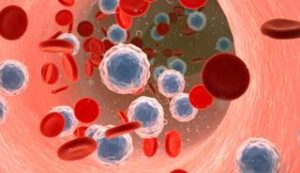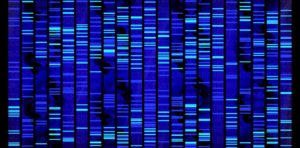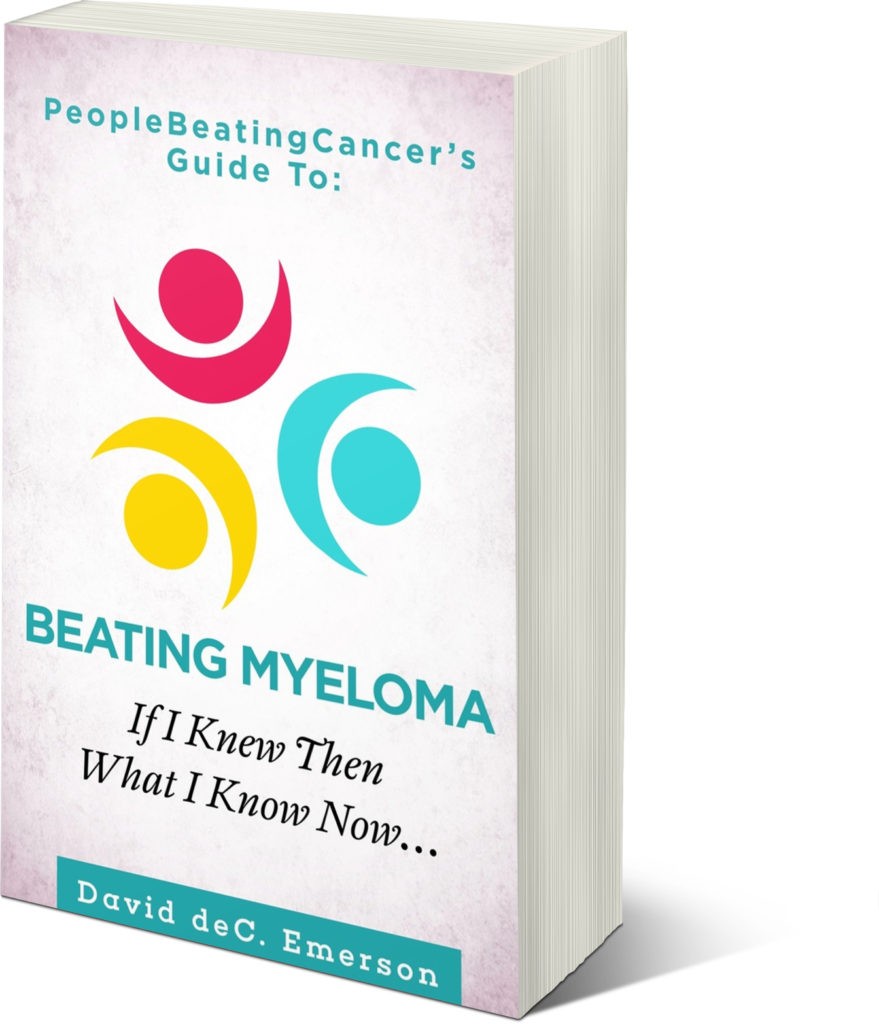“Although more common in high SDI countries, multiple myeloma is a global disease, and there has been a marked increase in incident cases from 1990 to 2016, predominantly in middle SDI countries and East Asia.”
The linked and excerpted article below talks about the global burden of multiple myeloma (MM). If you’ve been diagnosed with MM you know that it is an incurable blood cancer. But what about some of the larger MM issues? Is MM incidence growing? Shrinking? Is MM care in the U.S. different from MM care in other countries?
While I think it is important for studies like this to thoroughly examine MM, I am continually frustrated by the opaque nature of studies like this, meaning, who can read and understand anything about MM from the study below!? Therefore I am using this post to boil down the study info to its bare bones…

Incidence of MM increased markedly betwen 1990 and 2016. Access to MM therapies is expensive and therefore limited in poorer countries. MM is primarily an older person’s disease. Though the most effective diagnostic testing and therapies can and should be debated and trialed, the two main issues that struck me are:

- The five year survival rates for MMers who live in wealthier countries is about 50%-
- The five year survival rates for MMers who live in poorer countries is only 7.6%
MM is a complicated, difficult to understand blood cancer. Access to MM therapies makes all the difference in the world.
Thank you, 
David Emerson
- MM Survivor
- MM Cancer Coach
- Director PeopleBeatingCancer
Recommended Reading:
“Results Worldwide in 2016 there were 138 509 incident cases of MM with an age-standardized incidence rate (ASIR) of 2.1 per 100 000 persons. Incident cases from 1990 to 2016 increased by 126% globally and by 106% to 192% for all SDI quintiles. The 3 world regions with the highest ASIR of MM were Australasia, North America, and Western Europe. Multiple myeloma caused 2.1 million DALYs globally in 2016. Stem cell transplantation is routinely available in higher-income countries but is lacking in sub-Saharan Africa and parts of the Middle East. In 2016, lenalidomide and bortezomib had been approved in 73 and 103 countries, respectively.
Conclusions and Relevance Incidence of MM is highly variable among countries but has increased uniformly since 1990, with the largest increase in middle and low-middle SDI (sociodemographic index) countries. Access to effective care is very limited in many countries of low socioeconomic development, particularly in sub-Saharan Africa. Global health policy priorities for MM are to improve diagnostic and treatment capacity in low and middle income countries and to ensure affordability of effective medications for every patient. Research priorities are to elucidate underlying etiological factors explaining the heterogeneity in myeloma incidence…
Myeloma is unique as a cancer because basic diagnostic testing includes only a complete blood cell count with differential, basic metabolic panel; serum calcium, serum and urine protein electrophoresis; and osseous survey, all of which should be accessible in low- and middle-income countries (LMICs).3,4 Many advanced tests, such as the serum-free light-chain assay, fluorodeoxyglucose–positron emission tomography (FDG PET) scan, cytogenetics, and fluorescence in situ hybridization (FISH) may not be available. Because of this, resource-stratified guidelines for the diagnosis and treatment of MM have been developed.4 Another unique feature of myeloma is that treatment can be delivered almost exclusively in the outpatient setting (with the exception of ASCT).
Standard treatment for myeloma is largely dependent on patient fitness and underlying health status. For those in good health and younger than 70 to 75 years, the preferred treatment for newly diagnosed patients with myeloma comprises a triplet novel agent regimen, typically including an IMID and PI in combination with glucocorticoids, followed by ASCT and maintenance therapy with low-dose IMID or PI.5,6For those unable to undergo ASCT, standard therapy includes induction with novel agents and low-dose maintenance therapy….
Despite improvements in the care of patients with myeloma, these advances have largely delivered better outcomes to patients in high-income countries. In many LMICs, delivery of cancer care is often hindered by lack of access to general and specialized health care, diagnostics, and advanced treatments, like novel agents, radiation oncology, and stem cell transplantation, leading to poor outcomes. In studies of patients with myeloma treated in Nigeria, lack of access to affordable health care, late presentation, and inadequate treatment were suggested as common factors contributing to poor outcomes, with a 5-year survival of only 7.6%…
For stem cell transplant availability, the top 5 countries with the highest rates (per 10 million population) of stem cell transplantation (for all indications, not just MM) were Israel (814), Italy (671), Germany (665), Sweden (625), and the Netherlands (614)…
Supporting this hypothesis is the fact that the disease burden of MM in African Americans in the United States is markedly higher than that of European Americans in the United States, yet the disease burden among Africans living in Africa is among the lowest in the world, as shown in our study and in previous studies…
Conclusions- Although more common in high SDI countries, myeloma is a global disease, and there has been a marked increase in incident cases from 1990 to 2016, predominantly in middle SDI countries and East Asia. Approval for effective drugs and stem cell transplantation options are lacking in many low-SDI countries. Collaborative global efforts are needed to ensure that every patient with myeloma is being diagnosed and has access to effective treatment. Further research is needed to determine the reasons behind the observed heterogeneity in disease burden.”
“For patients with multiple myeloma, socioeconomic status remains a strong prognostic factor of overall survival (OS) globally and continues to act as a barrier to equitable care, according to results from a literature review and synthesis of studies published in the Mediterranean Journal of Hematology and Infectious Diseases.
The meta-analysis included a synthesis of hazard ratios (HRs) from 10 global studies that included 85,198 patients with multiple myeloma, which were weighted to a sample size of each study and adoption of the hypothesis of random effect, yielding a combined HR of 1.26 (95% CI, 1.13-1.31); the HR favored those with a high socioeconomic status. Survival probability for patients with a high SES was 1.26 times higher compared with patients of a low socioeconomic status.
“[Socioeconomic status] is an established poor prognostic factor for survival in many cancers,” the investigators wrote. “Differences in [socioeconomic status] are a surrogate marker reflecting other factors like ethnicity/race, insurance [coverage], place of living, accessibility to health services, etc.”
A 5-year OS rate was assessed across both high– and low–socioeconomic status groups and included a total of 134,363 patients with multiple myeloma. Results of the study were broken down by geographic location. A total of 16 studies were included in the overall analyses…”





